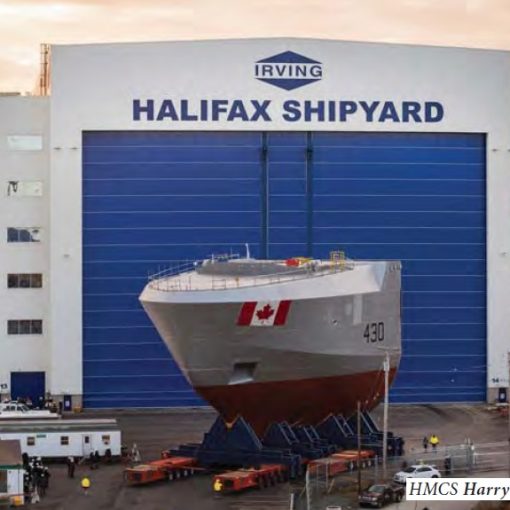If you haven’t yet had a chance to read the Parliamentary Budget Officer’s report “Feasibility of Budget for Acquisition of Two Joint Support Ships” I think it is worth a look. Here are a few of my observations on what is already a very talked about report.
The process was worthwhile, even if the outcomes are unwelcome in some quarters and not trusted in others. If nothing else, the report provides an excellent summation of the history to date with links to relevant documents. But more importantly, it lays down the methodology of the research and the tools used to derive the results. This has not been done before and it serves as a marker for further research.
The modelling tool used come from PRICE Systems, an American company derived from RCA and then a series of ‘big name’ aerospace companies in the U.S. In 1998, a management buyout resulted in the company becoming an independent entity; PRICE Systems, LLC. PRICE is now expanding and has partners around the globe and does business with “350 of the world’s leading government agencies, aerospace and defense contractors and manufacturers, and commercial organizations.” The “TruePlanning” model used for the report is in wide use and claims to provide “decision makers a rock solid foundation for making a host of strategic decisions.” So, the only question is whether or not the model reflects Canadian conditions.
The modelling system requires inputs, and the PBO had to make some estimates on the parameters the system needs to produce results. The report is quite clear that the “major cost drivers” are:
1- Weight [of the vessel];
2 - Manufacturing Complexity for [the] Structure [of the vessel];
3 - Percent of New Structure [in the vessel];
4 - Percent of Design Repeat for Structure [within the vessel]; and
5 - Engineering Complexity [ this vessel was considered to be a new design using existing technology].
The inputs for these five key characteristics were varied between some baseline and top-end values to provide a range of outputs. The variable ranges are shown here:
1. Weight was varied between 18,469,520 [the weight of HMCS Protecteur] and 22,833,440 lbs (i.e. the Berlin-class);
2. Manufacturing Complexity was varied between 3.39 and 4.25 (i.e. the high and low for logistics support ships) [destroyers and frigates rate about 4.0 and nuclear submarines about 11.8 on this scale];
3. Percent of new structure was varied between 50 and 85% (reflecting the significant redesign work that would be necessary to adapt any design to Canadian operating requirements and make it possible to be built in a Canadian shipyard);
4. Percent of design repeat for structure was varied between 20 and 50% (reflecting the fact that there will be some, but not complete, symmetry in the design of the ship); and
5. Engineering complexity was varied between 0.9 and 1.1 (i.e. a new design based on existing technology, designed and executed by a team with mixed experience and some product familiarity, thus reflecting Seaspan’s current state).
There is lots of ground here to disagree (or agree) with the assessments used to run the model. At least there is now the basis for a discussion and some solid data to use for comparative analysis. The PBO report helps to fill an enormous void with information. Its usefulness will only be known with the passage of time.


